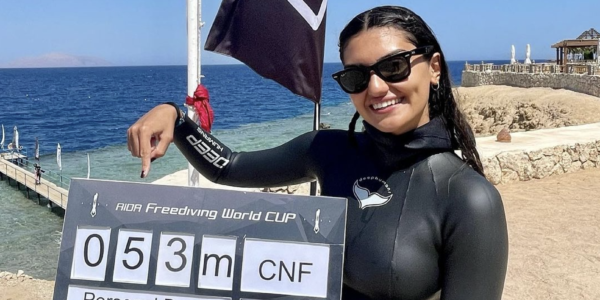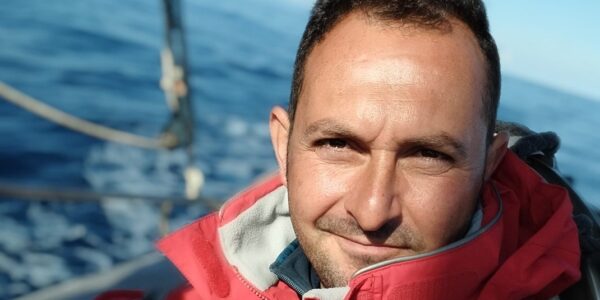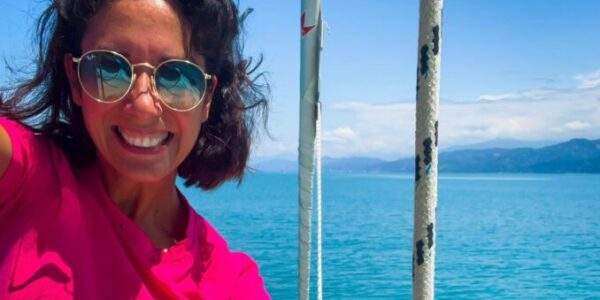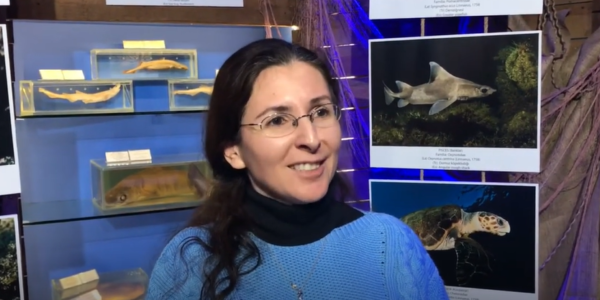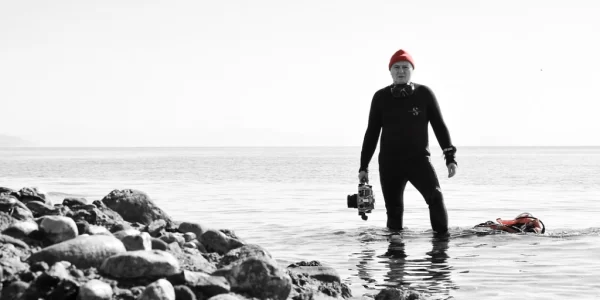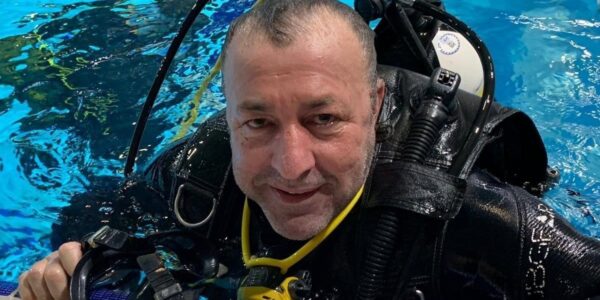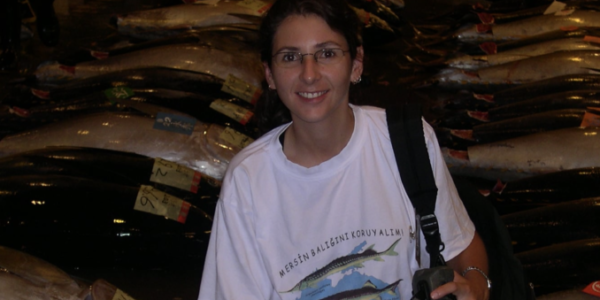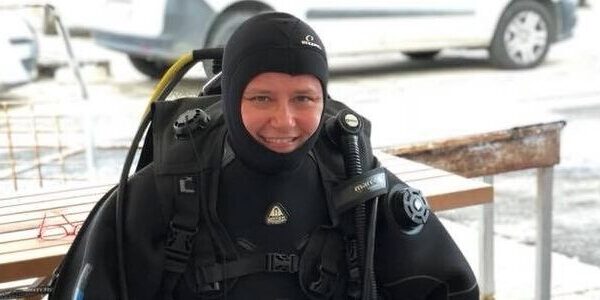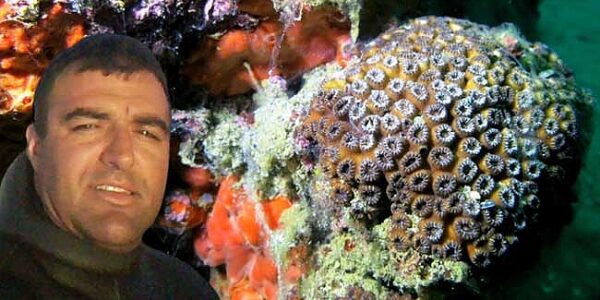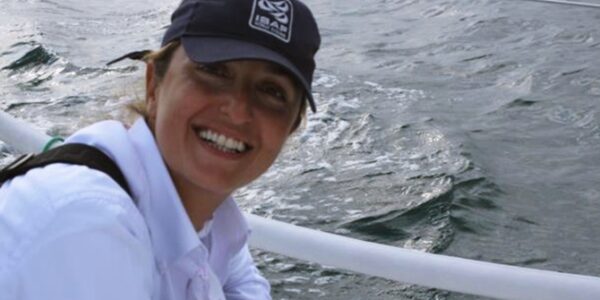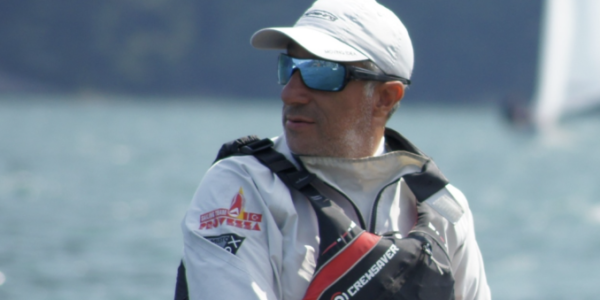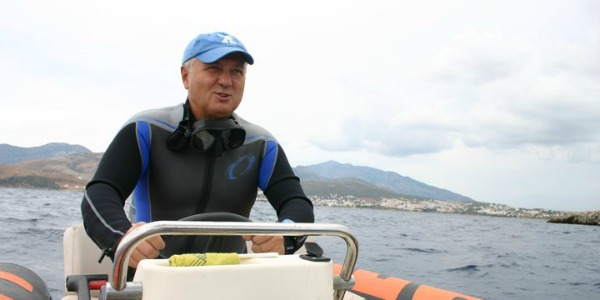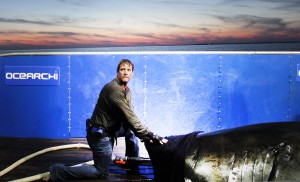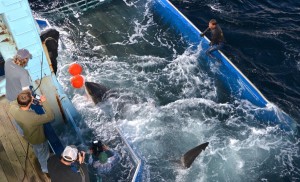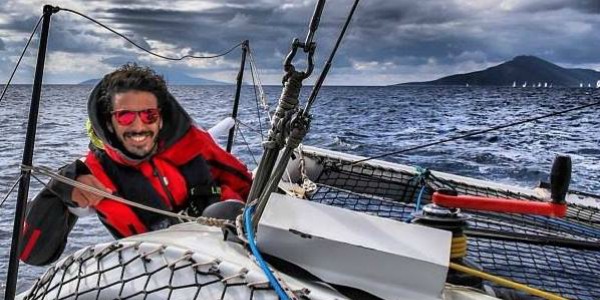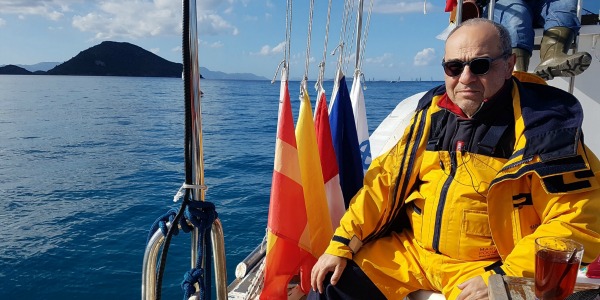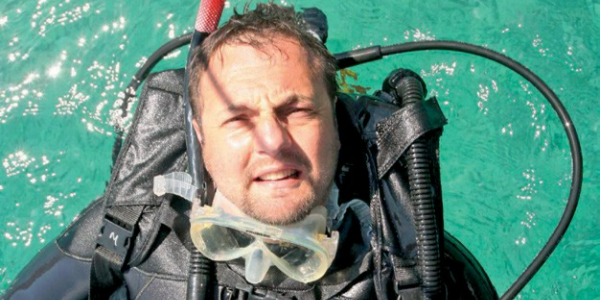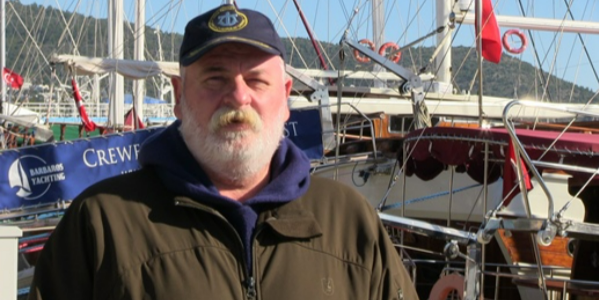If there’s one shark that everyone on the East Coast is aware of, it’s a 17-foot, 3,500-pound princess named Mary Lee.
Mary Lee was tagged off the coast of Cape Cod in September 2012 as part of the OCEARCH program, which studies marine species such as great white and tiger sharks for conservation outreach and education. The work is published in research papers that become a basis for enabling informed policy and management decisions. OCEARCH has open-sourced their data so the public can see where their favorite sharks are.
Like other tagged sharks, Mary Lee has a transmitter on her dorsal fin that has to be out of the water for 90 seconds and give three consecutive pings to provide an accurate location. While she has certainly done some open-ocean traveling, Mary Lee seems to have an affinity for coastal areas.
Each spring and fall, Mary Lee likes to visit the mid-Atlantic Coast. The past few weeks, she’s been especially interested in the New Jersey Shore, “pinging” very close to beaches. Great whites are known to have an acute sense of smell. (Maybe it’s the boardwalk food?) Either way, local news sources delight in reporting when this mature female gets nice and close to the shore.
But while many outlets like to keep Mary Lee in the headlines as gratuitous shark (click)bait, few have much insight into the great fish.
“She’s the most famous real shark in history and she has the potential to undo everything that ‘Jaws’ did,” OCEARCH founding chairman and expedition leader Chris Fischer told GrindTV. “We have to shift the tone around how we think and talk about sharks. We have to protect the very top of the food chain or the next level will wipe out other fish species.
“If there’s no Mary Lee, there will be no fish sandwiches for our grandchildren.”
Mary Lee has fascinated the public by swimming within a half mile of a beach or pinging inside North Carolina’s Cape Fear River, Albemarle Sound, the Delaware Bay and New Jersey’s Barnegat Bay. In late May, a tagged juvenile male shark named Cisco also pinged very close to Mary Lee off Cape May, New Jersey.
“A lot of life is shoreline based for great white sharks. They’re looking for food in bays and chasing bait into rivers. But she’s definitely a coastal gal,” adds Fischer, whose main goal is learning more about great white behavior and educating the public
OCEARCH has tagged well over 330 sharks of all species. The organization says the data it collects is invaluable to learning about the animals, which remain somewhat elusive to science.
“We’ve learned so much from Mary Lee and the program. We now know the migration isn’t a simple north to south. Mary Lee led us back to Long Island last May and June on a feeling that this was a birthing spot. And we validated that hunch when we tagged nine white shark pups,” Fischer added.
Shark awareness is on the rise, especially since a woman was attacked while swimming at San Onofre Beach in North County San Diego in April. Aerial photos off the coast of Southern California have shown multiple juvenile great whites close to swimming and surfing beaches and boats have started offering shark-seeing tours out of Dana Point.
But despite her constant presence, there hasn’t been an issue with Mary Lee. One thing that is apparent is that sharks are often present without incident or even sightings.
“Here’s a nearly 4,000-pound mature female, a proper matriarch of the ocean, and she’s been tagged for five years, pinging so close to shore, and yet no one has ever seen her,” Fischer marvels. “The East Coast great whites are truly a wild species. Everywhere else that we have studied sharks, the sharks have encountered cage divers. Boats have come to mean food, and they’re not afraid.
“But the East Coast great whites aren’t conditioned to that type of behavior. They’re totally different. It’s like if you walk in the jungle searching for wild animals: They sense you first and they’re gone without you ever knowing they were there.”
Source: grind tv


